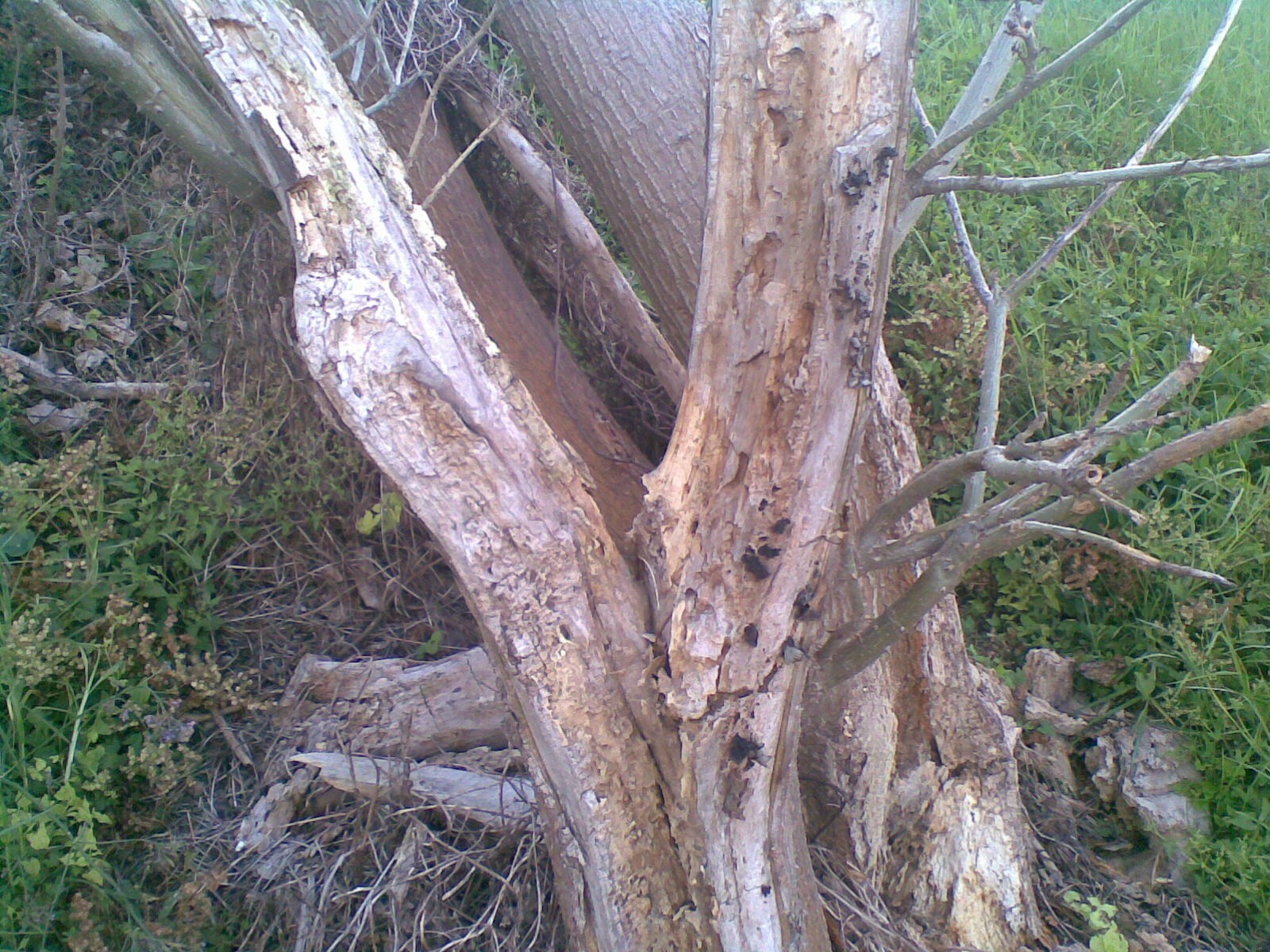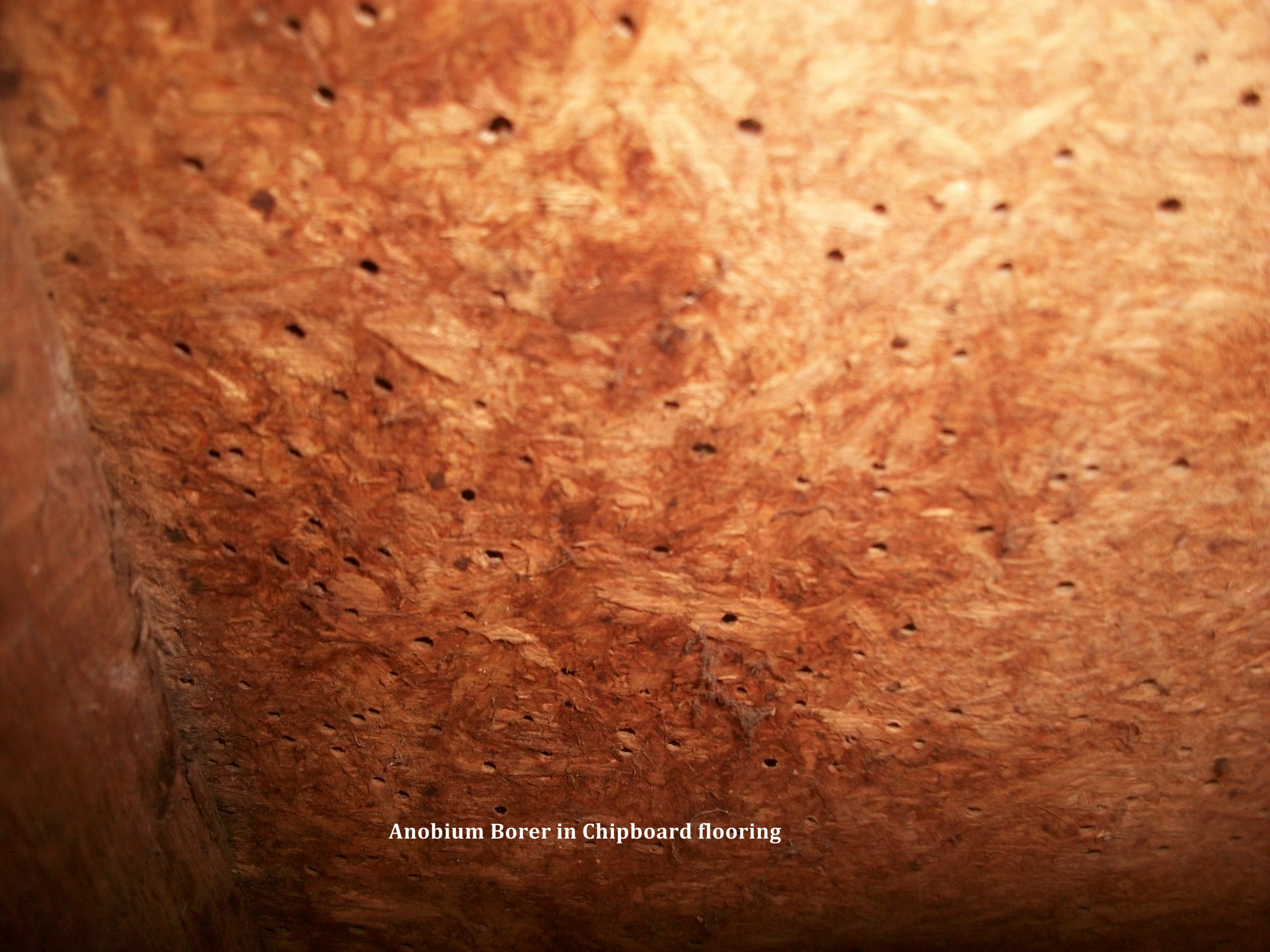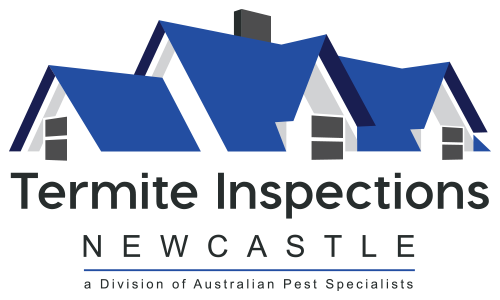Wood borer are insects which damage wood by tunneling at the larval (grub) stage for food. Causing holes and tunnels in timber.
They can also leave an emergence hole on the surface of the wood after becoming an adult (beetle).
These emergence holes, ‘pin holes’, are visible and are usually the first signs of an active infestation of wood borer.
If you knock a piece of infested timber it usually causes fine borer dust to be dislodged from the emergence holes. The presence of holes or dust does not always mean borer are still active within the timber, depending on the feel and texture of the frass it determines the identification of the borer.
Borers affect timber in service both in and around our homes.
Borer damage can be located in flooring, roofing timbers and skirting boards and can also be located in trees within our property.
Lyctine borers (lyctid or powder post beetles) in the family Bostryciidae are the most common borer attacking seasoned hardwoods throughout Australia, Lyctus brunneus is the most commonly found borer located in home inspections found in roofing timbers and requires no treatment if attack is extensive replacement of affected timbers is required.
The eat the sap wood portion of hardwood timbers
The Timber Marketing Act – prohibits framing timbers being sold for use in buildings if more than 25 % of perimeter of any cross section with lyctid susceptible sapwood or more than 50 per cent of any face or edge at any cross section comprises lyctid susceptible sapwood.
Lyctus borer as such rarely affect the structural strength of buildings and as such no treatment is required in extreme cases replacement of affected timbers is essential
They are dry timber borers, attacking wood when it has seasoned to moisture contents below 25 per cent.
Lyctines can attack only the sapwood of certain hardwoods, such as:
- some eucalypts
- oak
- meranti.
They cannot attack softwoods such as:
- pine
- spruce.
The female beetle lays her eggs in the pores (vessels) and checks of hardwood timbers, and larvae feed upon starch and other nutrients in the sapwood. Therefore, if the sapwood has insufficient starch, or its pores are too narrow for the female’s ovipositor, the hardwood should be immune to attack.
The lyctine borer restricts damage to the sapwood but can cause serious structural weakening to timber that has high proportions of sapwood.
Legislation was enacted approximately 50-60 years ago making it illegal to sell untreated lyctine susceptible sapwood.
The second most commonly identified borer located in a Timber pest inspection is the Anobium punctatum borer or commonly known as the furniture beetle.
These borers produce a gritty ‘salt like’ dust.
They attack furniture, structural timbers, flooring and decorative wood work.
Anobium punctatum borer prefers old, well seasoned timber, especially softwoods such as Baltic pine or New Zealand white pine.
They will attack some hardwoods, especially blackwood and imported English oak. Australian eucalypts appear to be immune.
They prefer cool, humid conditions hence the need to reduce the humidity levels in our homes ,this is possible by improving subfloor ventilation and moisture levels.
It is often believed that borers will not attack chipboard or Particle board flooring this is untrue although rare it does happen.
Treatments:
Boric Treatment was first used in the 50’s to treat Pinus Radiata (pine) internal framing, and to a lesser extent rimu flooring, to prevent borer.
Boric has some great features being that it is odourless, has no skin irritability or respiratory problems and it is a flame retardant.
Permethrin insecticide for timber borer control due to its low toxicity profile and it’s ability to penetrate into the timber grain ,consecutive annual inspections for 3 years must be carried out after the treatment for borers.
(Permethrin is based on the natural of the pyrethrum plant)
How it works on borers it is sprayed onto and into the timber allowing it to penetrate the timber and eradicates the adult beetle as it emerges from inside the timber.
In extreme cases replacement of affected timbers is the preferred treatment option as borers do structurally affect timbers. Improvements in subfloor ventilation and drainage are often essential as borer activity is associated with these conducive conditions

Borer damage to a tree at Speers Point NSW 2284

Anobium borer in chipboard flooring
